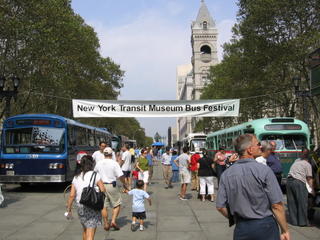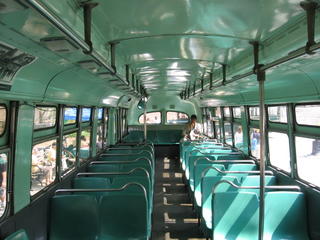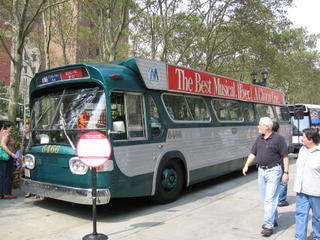Amongst the many publicity-hungry, self-promoting, alleged radicals our town has produced, few were as controversial as Abbe Hoffman. (He’s the one whom Pete Townshend wacked with his electric guitar at Woodstock). Hoffman, along with a few sidekicks such as Jerry Rubin, was always in the news and always making a stink. Probably one of Abbe’s more memorable stunts was the publication in 1970 of a mass-market paperback entitled STEAL THIS BOOK, his third major work (after Revolution for the Hell of It and Woodstock Nation). STB was a mixture of Yippie (Youth International Party) rhetoric and advice on topics ranging from how to make your own yogurt to shoplifting to how to sneak onto the subway. There was also information about subjects such as venereal diseases and intoxicants. (“Avoid all needle drugs. The only dope worth shooting is Nixon.”)
STB was widely sold in the early 70’s, and was popular with many of us who did not embrace Hoffman’s far-out political notions. One reason was his advice on how to get free phone calls and pinball games. A Number 14 brass washer with a piece of tape over the hole supposedly would successfully simulate a dime, and some kids actually went to their local hardware stores to purchases boxes of these. Did they work? Well, my pal Nick tried, and had some luck, but most of us found they didn’t work. I wonder how many pinball machines across America went out of commission because of kids following Abbe’s advice jamming their coin boxes.
There was a much darker side, however, to STB. Hoffman included a whole chapter on how to create Molotov Cocktails, pipe bombs and other ordinance for the Revolution, plus calls for the disruption of colleges and even high schools. He also taught how to use slings and other improvised weapons to attack “the Pigs” (police). I certainly hope that no kid was ever injured trying to concoct a homemade weapon using his advice. This was the side of the Sixties and early Seventies that we often forget. It wasn’t all peace and love.
Hoffman eventually went underground to avoid the authorities. He resurfaced Upstate in the 1980s, where he had been living for years, sometimes doing environmental advocacy. In 1989 Abbe committed suicide, following a long battle with depression. Parts of STB are available online.




